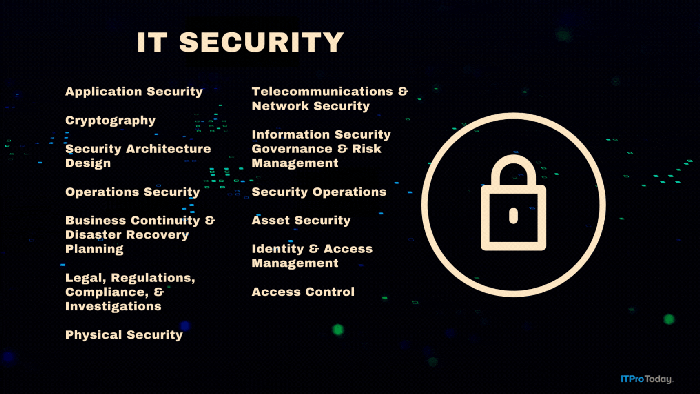XP Remote Access Error, XP Client Connection Problem, and Fixes for Two System Hangs
Paula Sharick discusses how to remedy an XP remote access problem, a Terminal Services Certificates problem, and several system hangs.
June 10, 2002
Remote Access to XP Services
Now that Windows XP is making its way onto the desktop, network administrators need to remotely view and manipulate XP services from a Windows 2000 system using the Microsoft Management Console (MMC) Services snap-in. When you start the Services snap-in and ask it to load the services on a remote XP system, you might see an error message that states "Unable to open service control manager database on \ computer. Error 1722: The RPC server is unavailable." The most likely explanation for this error is that you haven't enabled the File and Print Sharing for Microsoft Networks on the XP system. When this component isn't active, you’ll see similar error messages when you attempt to remotely query services using the sc.exe command-line utility and when you try to remotely display or schedule tasks with the at.exe and schtasks.exe commands. You don’t need a bug fix for these problems; simply enable File and Print Sharing on all XP clients. For more information, read the Microsoft article "An RPC Error Occurs When You View Services on a Remote Computer"
New Win2K Terminal Services Certificates Prevent XP Client Connections
Microsoft recently changed the certificates that the Microsoft Clearinghouse uses to authorize Windows 2000 Server Terminal Services Licensing servers. Because certificates are an inherent part of the authentication process, this change can prevent Windows XP clients from successfully connecting to a Terminal Services server. One symptom of this problem is that when XP clients attempt to connect, they display the error message "Because of a security error, the client could not connect to the terminal server. After making sure that you are logged on to the network, try connecting to the server again. The Microsoft article "Windows XP Clients Cannot Connect to a Windows 2000 Terminal Services Server" reports that in some instances, XP clients might be unable to connect and might not report this security error.
To flush the old certificate information, you must manually modify the registry on Terminal Services servers and XP clients experiencing this problem. On the Terminal Services side, locate the HKEY_LOCAL_MACHINESystemCurrentControlSetServicesTermServiceParameters registry subkey, delete the value entries Certificate, X 509 Certificate, X 509 Certificate ID, and reboot. On the XP side, locate and delete the registry key HKEY_LOCAL_MACHINESoftwareMicrosoftMSLicensing.
If these registry modifications don't resolve the problem, contact the Microsoft Clearinghouse at 1-888-571-2048 for instructions on how to deactivate and reactivate the Terminal Services Licensing server.
DFS Servers Hang Intermittently
Do you notice that your DFS servers hang intermittently, possibly when a client disconnects? If so, you need to call Microsoft Product Support Services (PSS) and ask for the new version of the Multiple UNC Provider component mup.sys, which is responsible for locating DFS shares. This latest update, with a file release date of June 3, supersedes the April 4 version of mup.sys Microsoft published to close a buffer overflow vulnerability in Security Bulletin MS 02-017. The Microsoft article "DFS Servers Hang Intermittently" provides no other details about the source of the intermittent hang.
System May Hang When You Disable Paging
Some realtime systems disable system paging to eliminate unnecessary overhead and improve data processing speed. The Windows 2000 Memory Manager controls paging, and you disable system paging by modifying the Memory Manager’s registry data. To disable paging, locate the HKEY_LOCAL_MACHINESYSTEMCurrentControlSetControlSession ManagerMemory Management subkey and set the value entry DisablePagingExecutive (data type of REG_DWORD) to one. The default setting is zero.
A new Microsoft posting, "The DisablePagingExecutive Setting May Cause Windows 2000 to Hang," (http://support.microsoft.com/default.aspx?scid=kb;en-us;q323608) states that the Memory Manager has a bug that might hang a system when you disable paging. The bug prevents the Memory Manager from releasing the physical memory allocated to a driver when the driver is unloaded. If all available memory is committed, the Memory Manager’s failure to return the driver’s physical memory to the available pool causes the OS to hang. Microsoft Product Support Services (PSS) has a bug fix that contains new versions of eight files, including five kernel components. Most of the files have a release date of May 31. Read the Microsoft article to see a list of the updated components. This is a Post-Service Pack 3 (SP3) bug fix.
Registry API Blue Screen
If you’re writing code that manipulates the registry, you might encounter a bug in one of the registry API calls that causes a system to crash with a stop code of 0x00000051 ( REGISTRY_ERROR). The information about this bug is scanty and doesn't identify the function that generates the error. However, the Microsoft reference article "You Receive a 'Stop 0x51 (REGISTRY_ERROR)' Error Message" states that the blue screen occurs because of a coding error that produces a race condition on the function’s input buffer. The good news is that you can call Microsoft Product Support Services (PSS) for the fix, new versions of five core OS files—basesrv.dll, kernel32.dll, ntkrnlmp.exe, ntkrnlpa.exe, ntkrpamp.exe, and ntoskrnl.exe—-with file release dates of May 6. The bad news is that this is a Post-Service Pack 3 (SP3) fix.
About the Author
You May Also Like







.png?width=700&auto=webp&quality=80&disable=upscale)